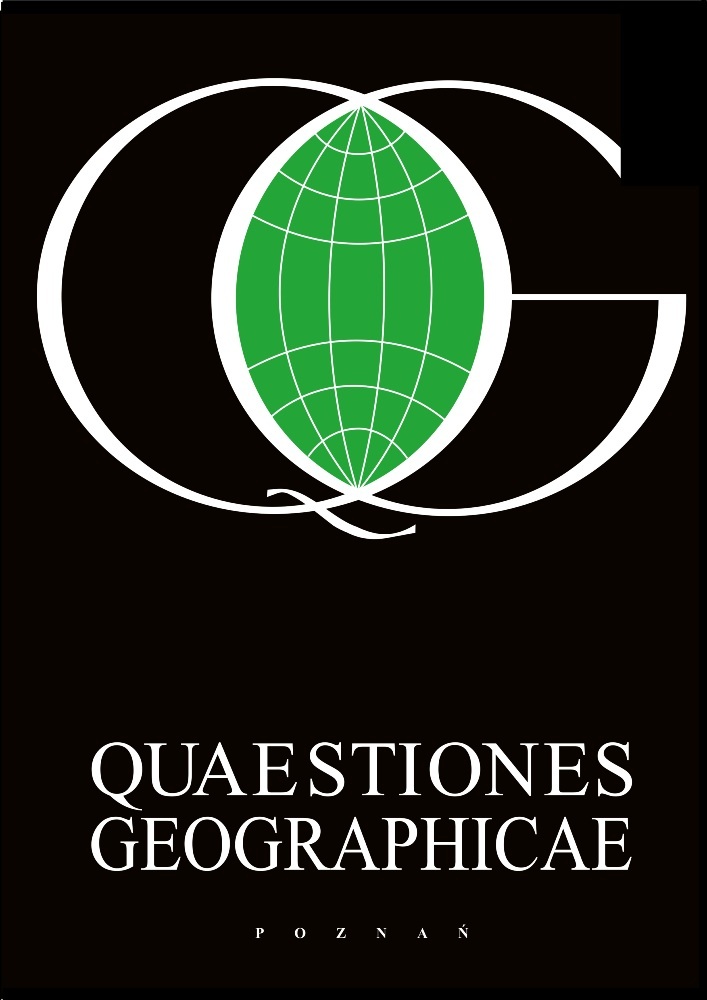Abstract
The power of today's computers allows us to perform computation on massive quantities of data on the one hand and produces enormous amounts of analysis output on the other, as noted by Griffith in his 2003 book. Besides, visualisation and spatial filtering (the core of considerations in Griffith's book) have a chance to be widely used in research practice, especially in geosciences and, more precisely, for georeferenced data. Following the idea proposed by Patuelli et al. (2006, 2009), we analysed the labour market in Poland, focusing on metropolitan areas and their surroundings. The analysis was performed on a data set for the unemployment rate in the 2,478 Polish communes. We took into account spatial autocorrelation and used spatial filtering techniques to construct components of an orthogonal map pattern. As shown in Tiefelsdorf & Griffith (2007), the spatial filtering techniques could be employed in both, parametric and semi-parametric approaches. In this paper we adopted a parametric one.
References
Anselin L., 1988. Spatial econometrics: Methods and models. Kluwer, Dordrecht.
Anselin L., 1995. Local Indicators of Spatial Association - LISA. Geographical Analysis, 27(2): 93-115.
Boots B., 2003. Developing local measures of spatial association for categorical data. Journal of Geographical Systems, 5: 139-160.
Getis A., Griffith D.A., 2002. Comparative spatial filtering in regression analysis. Geographical Analysis, 34: 130-140.
Griffith D.A., 1981. Towards a theory of spatial statistics: A rejoinder. Geographical Analysis, 13: 91-93.
Griffith D.A., 1988. Advanced spatial statistics. Kluwer, Dordrecht.
Griffith D.A., 1996. Spatial autocorrelation and eigenfunctions of the geographic weights matrix accompanying georeferenced data. The Canadian Geographer, 40: 351-367.
Griffith D.A., 2000. A linear regression solution to the spatial autocorrelation problem. Journal of Geographical Systems, 2: 141-156.
Griffith D.A., 2003. Spatial autocorrelation and spatial filtering. Springer, Berlin.
Jong P. de, Sprenger C., Veen F. van, 1984. On extreme values of Moran's I and Geary's c. Geographical Analysis, 16(1): 17-24.
Patuelli R., Griffith D.A., Tiefelsdorf M., Nijkamp P., 2006. The use of spatial filtering techniques: The spatial and space-time structure of German unemployment data. Tinbergen Institute Discussion Papers, 06-049/3.
Patuelli R., Griffith D.A., Tiefelsdorf M., Nijkamp P., 2009. Spatial filtering and eigenvector stability: Space-time models for German unemployment data. Quaderni della facolta di Scienze economiche dell'Universita di Lugano, 0902.
Tiefelsdorf M., Griffith D.A., 2007. Semiparametric filtering of spatial autocorrelation: The eigenvector approach. Environment and Planning, A, 39(5): 1193-1221.
License
This content is open access.
